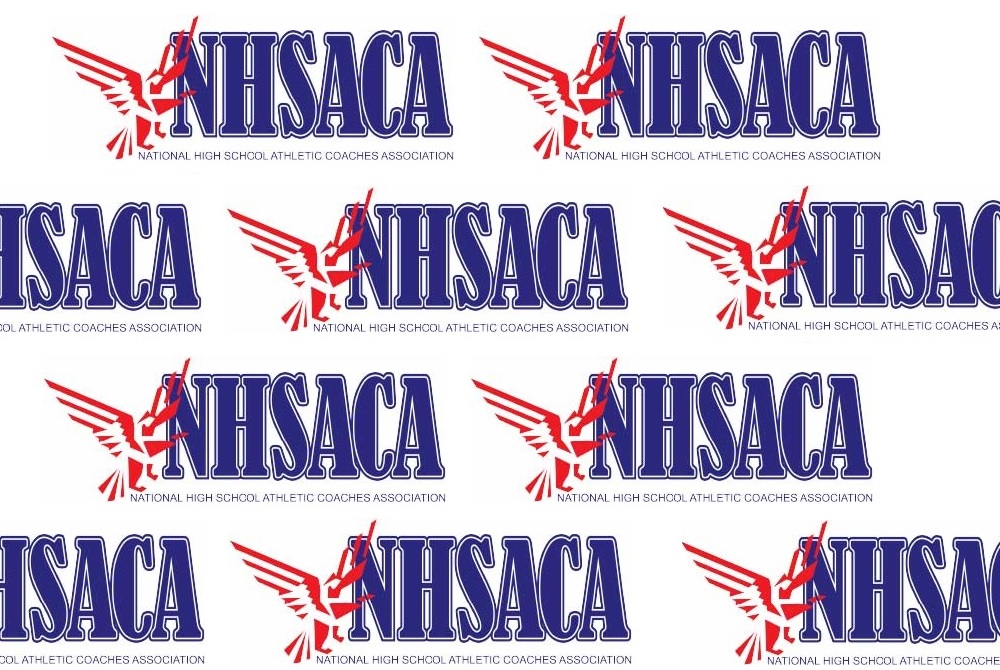
Nonfaculty Coaches
June 18, 2012
Since the so-called heyday of school sports in the 1950s, when you could count on more talk in a community about its few high school teams than about all the college and professional sports teams in the country combined, some things have improved – diversity and safety, for example; but some things have not met the high ideals hoped for in educational athletics.
During the explosive growth period of school sports in the 1970s and 1980s, when girls programs were introduced or reintroduced to schools and well-established community programs were added to the school sports curriculum, schools in almost every state had to backpedal from the ideal that only trained educators – certified teachers – could coach interscholastic athletic teams. (In Michigan, except for two years in the mid 1950s when certified teachers were required, the rules only urge that coaches be certified teachers.)
While the number of sports and levels of teams have greatly expanded these past five or six decades, the coaching pool within the faculty of a school district has not. Furthermore, teachers’ salaries improved so much that coaching stipends became less necessary to supplement teachers’ incomes, so teachers “volunteered” less readily to serve as coaches for a second and third sport.
Moreover, the coaching demands for one sport increased out of season, interfering with a person’s availability to help coach second and third sports during the school year. This was commonplace in the sports that moved from the community into schools, but the out of season demands have increased significantly for traditional school sports as well.
There is irony that community youth sports programs not only have provided school districts with a pool of informed and interested people to serve as coaches, but they have also increased the demands on coaches so much out of season that coaches must specialize in a single sport and therefore are less available to assist with the many different sports and levels of teams that school districts struggle to provide students.
It is estimated now that more than half of all high school coaches do not work in the school building where they coach, which can create communications challenges for schools. A smaller but growing number of high school coaches do not work at all in the field of education, which can create philosophical problems as well. Not always, of course; in fact, many nonfaculty coaches are a rich and increasingly indispensible blessing for school sports.

3 Receive National Honors from NHSACA, Coaching Pair Named to Hall of Fame
By
Geoff Kimmerly
MHSAA.com senior editor
July 11, 2024
One of the longest-serving members of the MHSAA Representative Council and two longtime Michigan high school coaches have received highest honors this summer from the National High School Athletic Coaches Association.
Brighton athletic director John Thompson was named Athletic Director of the Year during the NHSACA’s annual conference June 26 in Bismarck, N.D. He has supervised the Bulldogs’ highly-accomplished athletic program for two decades and served on the Representative Council the last 14 years, including currently as vice president.
Thompson also this year received the Thomas Rashid Athletic Director of the Year Award from the Michigan Interscholastic Athletic Administrators Association (MIAAA). Brighton was selected as an MIAAA exemplary athletic program in 2015 and as an ESPN unified champion school in 2018, the latter recognizing its statewide leadership in cultivating unified sport opportunities.
Additionally, Farmington Hills Mercy girls golf coach Vicky Kowalski and Livonia Stevenson girls swimming & diving coach Greg Phil were named NHSACA National Coach of the Year in their respective sports.
Kowalski completed her 46th season coaching Mercy last fall by leading the program to its second-straight Lower Peninsula Division 2 championship and fourth MHSAA Finals title overall. She also in January was named the 2022-23 National Coach of the Year in her sport by the National Federation of State High School Associations (NFHS) Coaches Association. She was inducted into the Michigan High School Coaches Association (MHSCA) Hall of Fame this year for both golf and bowling.
Phil has coached girls swimming & diving since 1976, including at Stevenson since 1985. After winning the Kensington Lakes Activities Association East title, the most recent of several league championships under his leadership, Stevenson finished 16th at last season’s Lower Peninsula Division 1 Finals and previously had placed Finals runner-up twice. Phil was named to the MHSCA Hall of Fame in 2012.
All three honorees were nominated for the national recognition by the MHSCA. Beal City baseball coach Brad Antcliff, now-retired Leland volleyball coach Laurie Glass, Ann Arbor Greenhills boys tennis coach Eric Gajar and Lowell wrestling coach R.J. Boudro also were National Coach of the Year finalists.
Additionally, longtime softball coaches Kay Johnson of Morenci and Kris Hubbard from Ottawa Lake Whiteford were inducted into the NHSACA Hall of Fame. Johnson went over 1,000 career wins this spring and has led her program since 1993, including to Class C championships in 1985 and 1986. Hubbard retired after the 2019 season with an 865-380-3 record since taking over in 1974, with Class D titles in 1984, 1985 and 1987.

